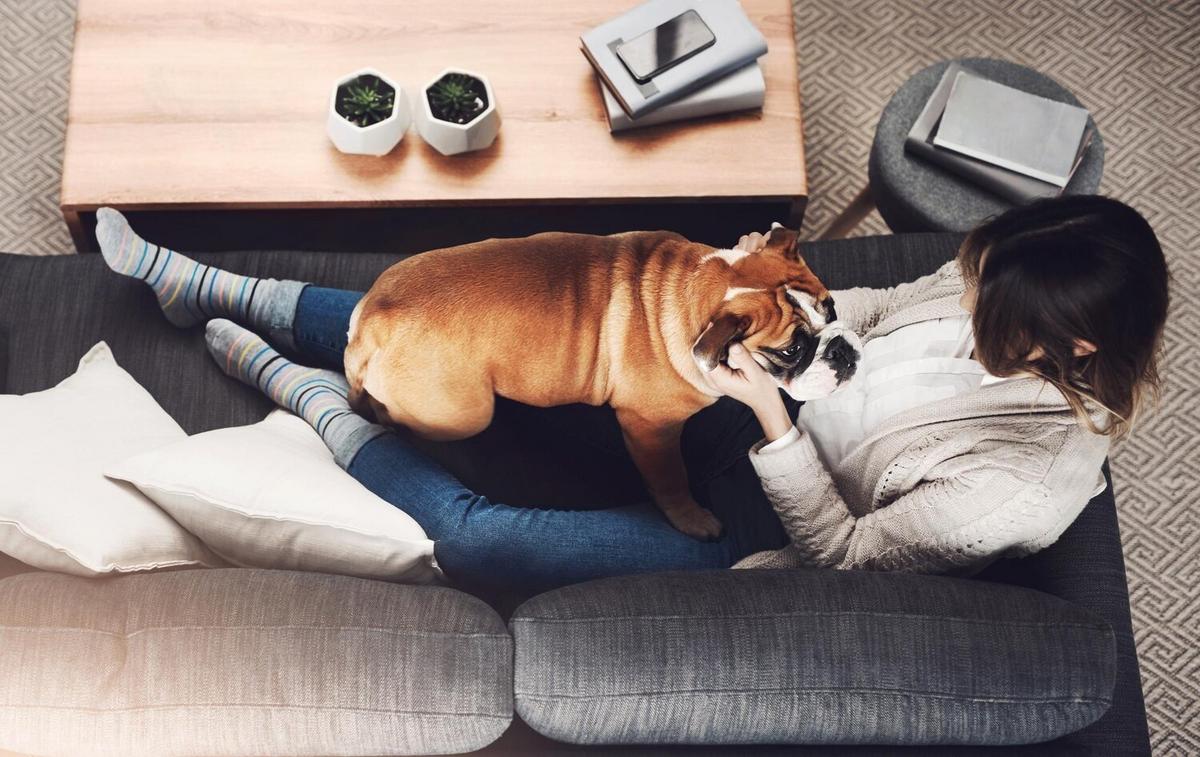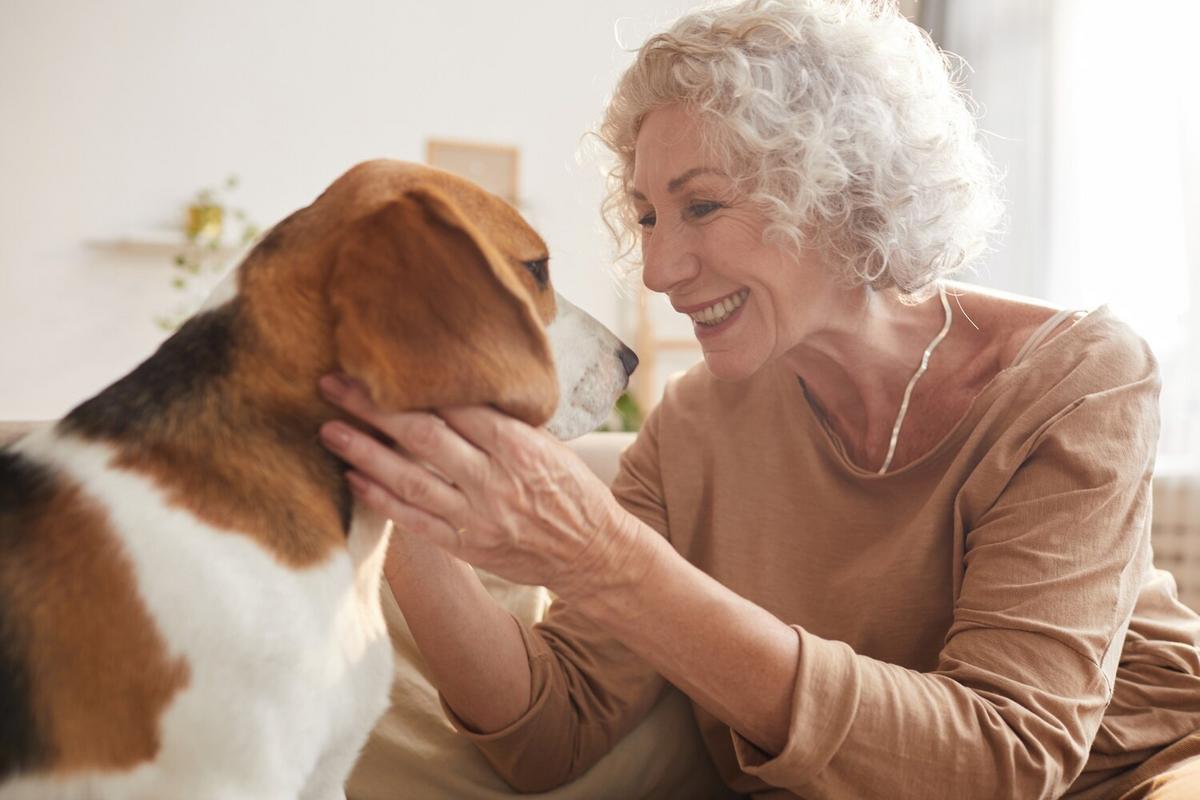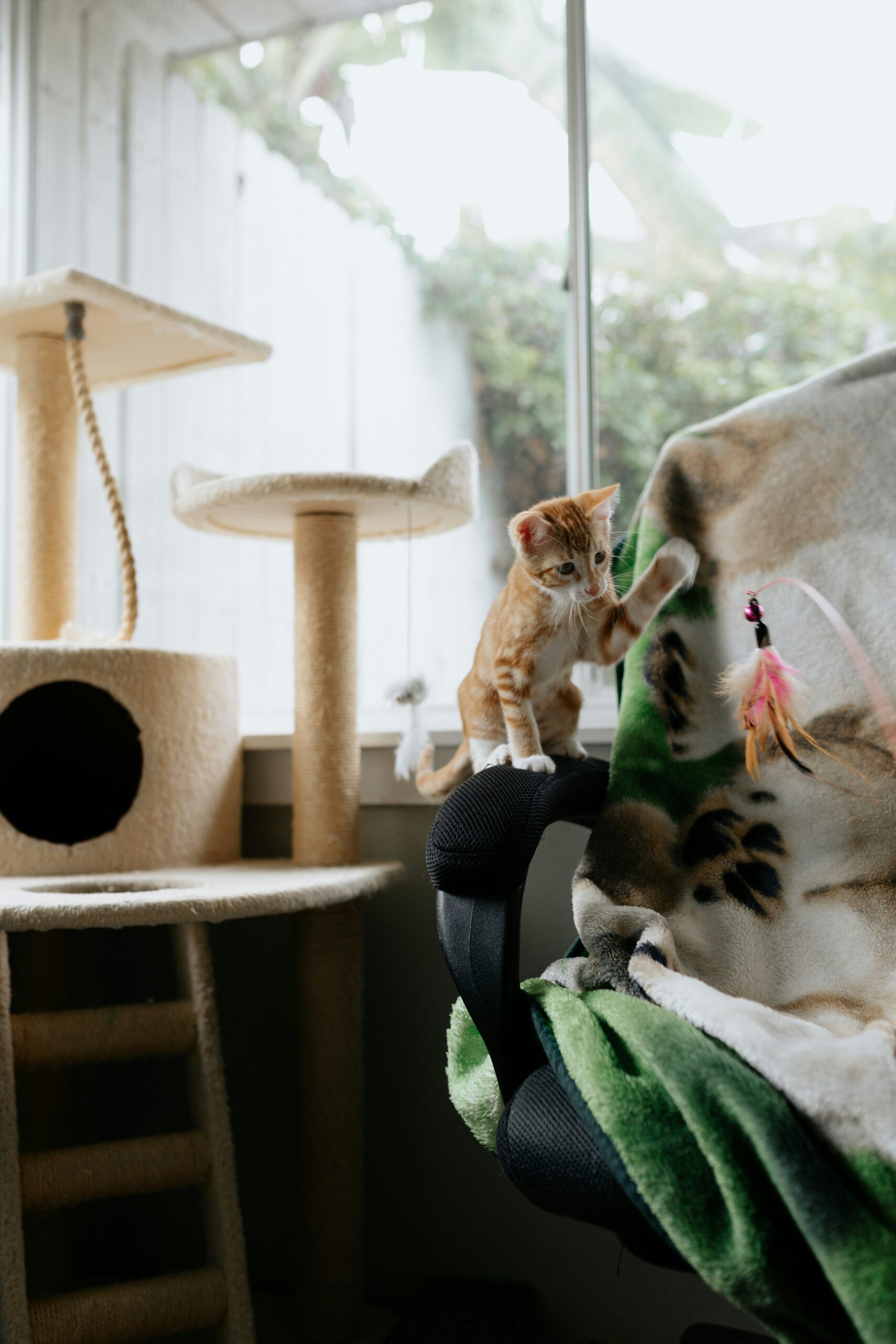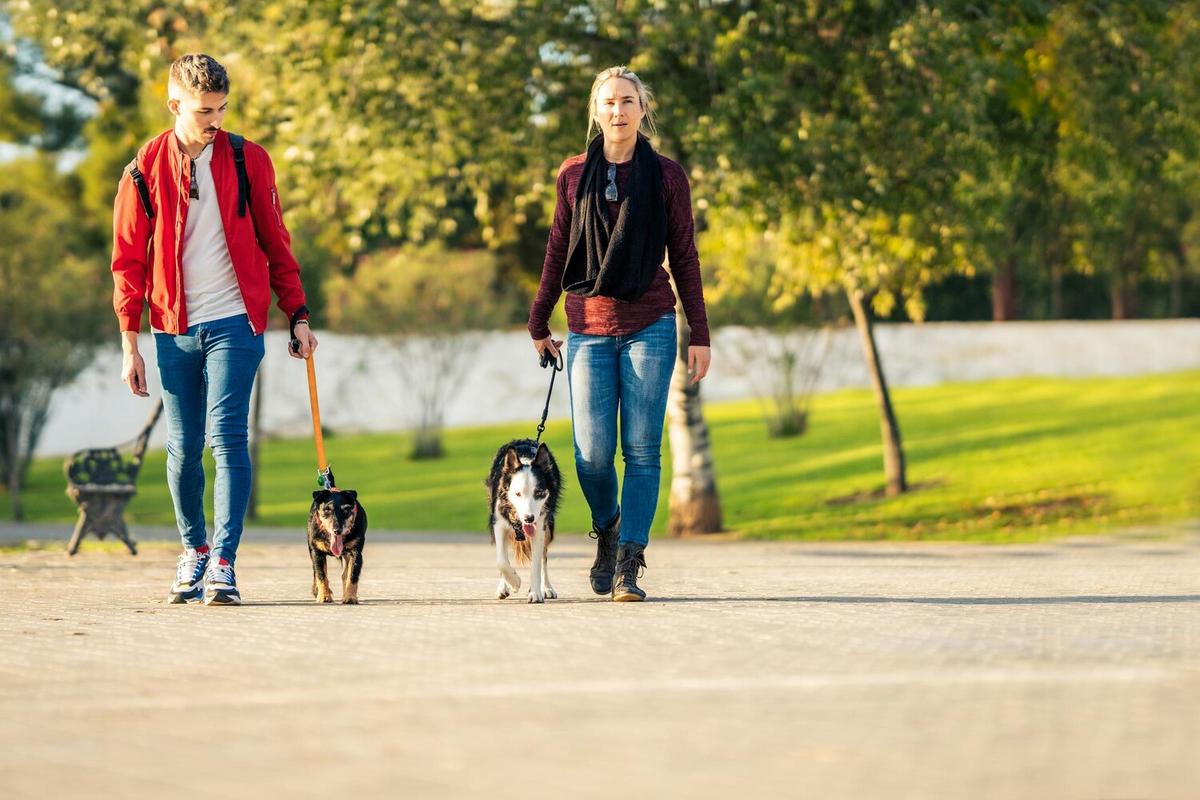Separation anxiety in dogs is a common yet distressing issue faced by many pet owners. Understanding its causes and exploring effective solutions can significantly improve the well-being of both dogs and their human companions.
Understanding Separation Anxiety in Dogs
Separation anxiety in dogs manifests as distress and behavioral issues when they are left alone. This condition is not just a minor inconvenience; it can lead to destructive behaviors such as chewing furniture, excessive barking, and even attempts to escape from the house.
Causes of Separation Anxiety
- Change in Routine: Dogs thrive on routine, and any significant changes, such as a new job schedule or a move to a new home, can trigger anxiety.
- History of Abandonment: Dogs adopted from shelters may have experienced abandonment in the past, making them more prone to anxiety.
- Attachment Issues: Some dogs develop a hyper-attachment to their owners, leading to anxiety when separated.
According to a survey by the American Pet Products Association, nearly 20% of dogs exhibit signs of separation anxiety, highlighting its prevalence.
Expert Insights
Veterinarians often emphasize the importance of gradually acclimating dogs to being alone. “Start by leaving your dog alone for short periods and gradually increase the duration,” suggests a leading animal behaviorist, explaining that this method can help reduce anxiety over time.
Personal Experiences
Consider the story of a dog named Max, who initially struggled with severe separation anxiety. His owner worked with a professional trainer to implement a routine that included regular exercise and mental stimulation, resulting in a calmer and more relaxed Max.
Solutions and Tips
- Create a Safe Space: Designate a comfortable area where your dog can feel secure when you’re away.
- Gradual Desensitization: Practice leaving your dog alone for short intervals and slowly increase the time.
- Interactive Toys: Provide toys that engage your dog’s mind, such as puzzle feeders.
- Consistent Routine: Maintain a regular schedule for feeding, walking, and playtime.
Additional Resources
For more in-depth information on managing separation anxiety, check out resources from the ASPCA or the Humane Society.
Conclusion
Addressing separation anxiety in dogs requires patience and commitment. By understanding the causes and implementing effective solutions, you can help your furry friend feel more comfortable and secure when left alone. Remember, every small step counts towards creating a happier life for your pet.
Frequently Asked Questions
What are the signs of separation anxiety in dogs?
Common signs include excessive barking, destructive behavior, and attempts to escape.
Can older dogs develop separation anxiety?
Yes, changes in environment or routine can cause anxiety in dogs of any age.
How long does it take to treat separation anxiety?
The duration varies; it can take weeks or months, depending on the severity and consistency of training.
Should I consult a professional for severe cases?
Yes, a professional trainer or veterinarian can provide guidance tailored to your dog’s needs.




Leave a Reply